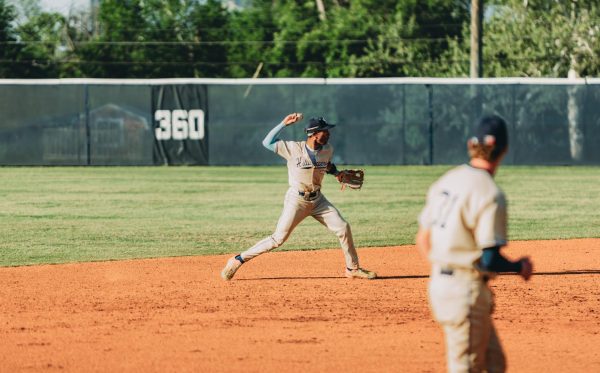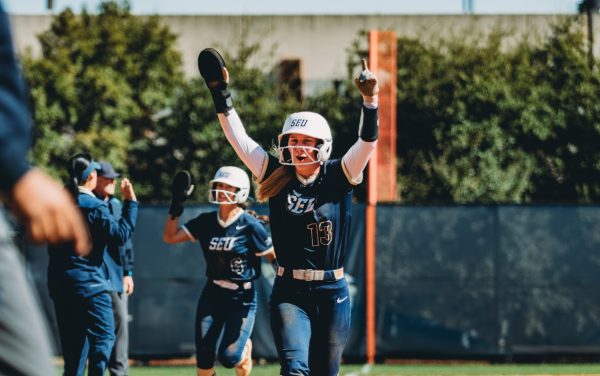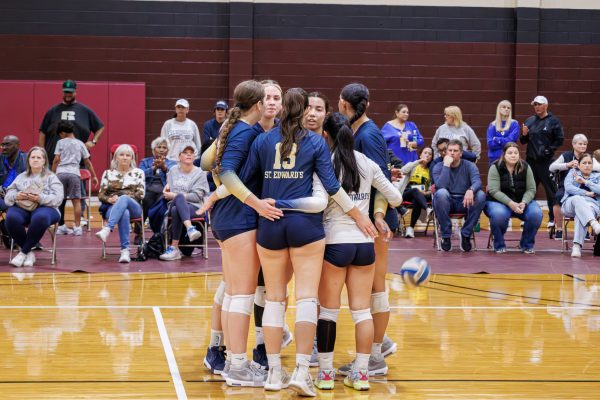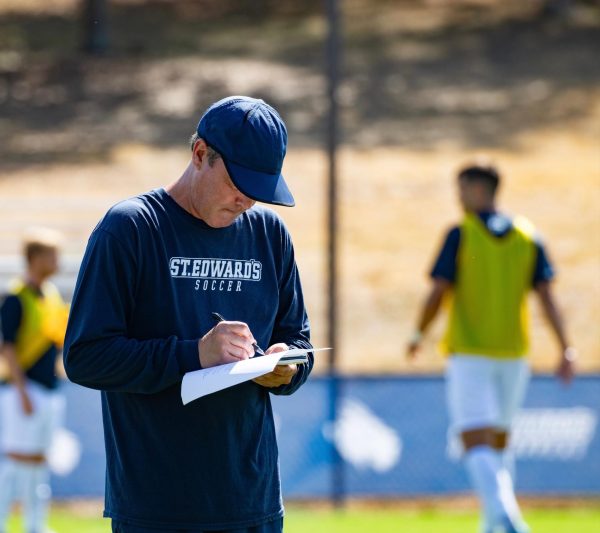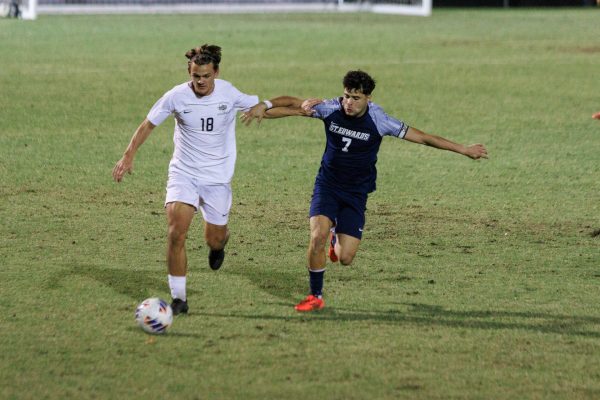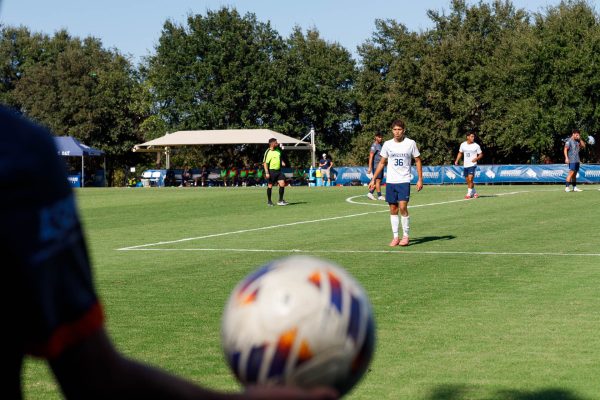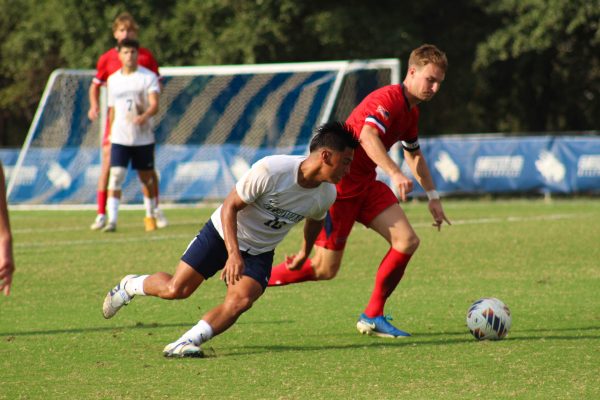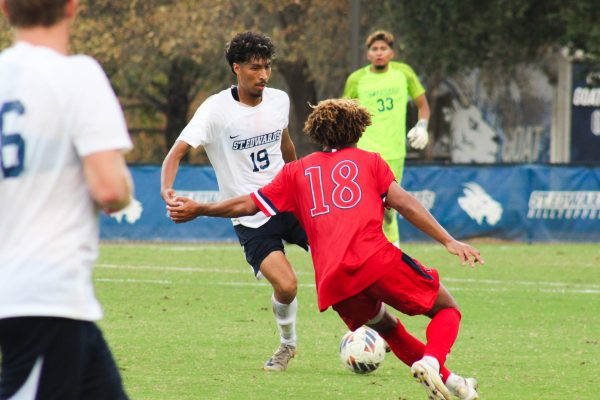Women’s professional soccer hopes to build a lasting legacy
Women’s soccer is getting a facelift in America with the creation of a new professional league. What used to be called the Women’s United Soccer Association (WUSA) and then the Women’s Professional League (WPS) has now been dubbed the National Women’s Soccer League (NWSL).
Women’s professional soccer has had a notoriously difficult time getting off the ground, an unfortunate phenomenon that exists both stateside and around the globe. Though the U.S. Women’s National Team took the gold medal at the 2012 London Olympics and soccer heroes Abby Wambach, Hope Solo and Alex Morgan are household names, their transition from Olympic win back stateside was shaky and uncertain. Fortunately for women’s soccer fans, this new iteration of a professional league projects its season will commence in spring of 2013, though no official schedule has been set.
The NWSL is comprised of eight teams with the hopes to add an additional two teams in the future. Team rosters are home to world-famous players from the U.S. Women’s National Team, as well as talented players from the Canadian Soccer Association and the Federation of Mexican Football, with both Canadian and Mexican players’ salaries being subsidized by their respective home leagues. Each team is also recruiting collegiate players in a rotating draft-style system. Based on initial rosters, players seem to have been evenly distributed across the teams, though a few teams have obviously more player-name recognition than others.
Whether or not this new NWSL will succeed remains to be seen, and responses to its founding have been mixed. Women’s pro soccer’s first two attempts blew millions of startup dollars, and neither were sustainable past a third season. For now, the league will operate under the guidance of the United States Soccer Federation, but the ultimate goal is that the league become freestanding and fully owned by its investors.
It’s clear NWSL players are not in it for the the money, as their team cap is projected to be $200,000. Divide that up between a team of players, and that means most of them are making around $20,000, and a handful of lesser-known players are making around $10,000. The Boston Breakers (the league’s Boston team) also recently put up a request for host families for players to provide cheap housing for the duration of a season. In exchange, families will get season passes to the team’s games.
To keep the women’s salary cap in perspective, their brother league, Major League Soccer (MLS), sets each team’s salary cap at $350,000.
To take it a step further and put the MLS’ salary cap in perspective, world-renowned Real Madrid superstar Cristiano Ronaldo makes roughly $17 million annually.
While these may make the NWSL seem small-time, players are taking what they can get and hope to help build the league from the ground up, step by step, until they are fully operational and sustainable. Both players and management seem to have an understanding that they’re in it for the long haul and have high hopes for a cross-continental hybrid league comprised of NCAA super stars and Olympic gold medalists.


